Understanding the true value of early defect detection

It is difficult to prevent your assets from becoming defective due to age, corrosion, erosion, vibration, lubrication issues, looseness, or contamination.
There are, however, actions you can implement to mitigate the risks associated with defects occurring and lessen the negative impact these situations will have on your business.
Train your employees in defect detection

One of the most important things you can do is train your employees at all levels on what to look for as they walk around your business. Teaching your employees what a defect might look, sound, feel, or smell like is a good place to start. Knowing that something is defective at the earliest possible junction and also knowing what is the appropriate response to detecting a defect is critical to ensure safety and business success, whether people are using, monitoring, or simply walking past equipment.
Make us of the most recent defect detection technologies
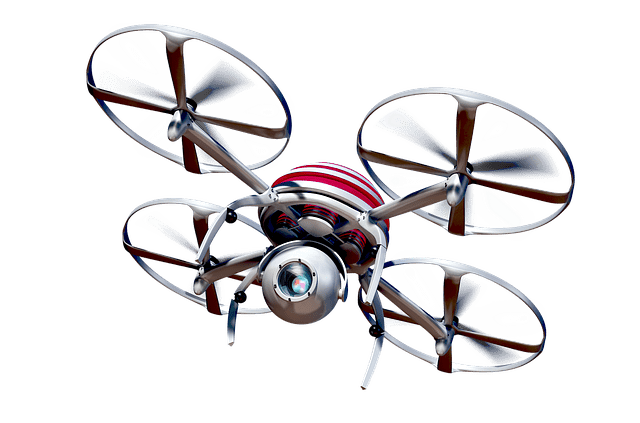
In addition to teaching your staff about defect detection, you can set-up surveillance cameras, condition monitoring instruments and equipment on your higher risk equipment and use the maintenance strategy development functionality of your asset management software to create non-intrusive walk around inspection routines.
Surveillance cameras and condition monitoring instruments can allow you to remotely monitor and detect any asset defects that might create a visual, audible, temperature or vibration indication when their condition changes to something that would be categorised as defective.
Implement regular walk around inspections

Non-intrusive walk-around inspection routines reinforce any asset defect detection training you may have implemented at your organisation and provide the person performing the inspection with all relevant information. Because this task is performed by a human, any unwanted odours may be detected using their sense of smell, potentially detecting a defective situation that cannot be detected through condition monitoring or camera surveillance.
When you consider that these inspections can now be performed using a tablet or mobile phone, and that inspection points that are processed as failures can be automatically initiated as a breakdown notification for your maintenance department’s team leader, there has never been a better time for your business to have all these things in place.
Your training should include planned task observations

When the person performing the inspection is also trained in how to carry out planned task observations, any workers or work groups encountered on the journey can be observed and discussed with to learn of any additional issues.
Planned task observations are a leading metric that allows your company to further develop an interdependent safety culture by reporting any issues with performing maintenance or operational tasks, as well as any hazards or improvement ideas that these observations may reveal in a proactive manner.
How much does all of this cost, and is it worthwhile?

Everything mentioned thus far has a cost to implement and sustain, which must be balanced against the benefits of being able to prevent defects or problematic situations from progressing beyond a safe point through early detection and rectification.
Every minute of operational time is valuable, as are all materials stored in your warehouse or used on a regular basis for operational or maintenance tasks. All of your assets and support equipment were purchased and commissioned at a cost, and they have ongoing costs to operate, maintain, and possibly improve through de-bottlenecking. All of your employees were and continue to be costly to recruit, train, retain, and occasionally reward.
In summary, everything within your overall business that has brought you to this point has cost a lot of money, and you’ve no doubt budgeted for what your business will cost to operate and maintain over the next 12 to 18 months.
However, the most difficult thing in the world to plan for is how badly things will go when the worst-case scenario occurs. Will they be contained quickly by outstanding emergency response personnel and processes with no harm to personnel and at a low cost, or will they go undetected for an extended period of time and unleash all hell upon your business?
I don’t feel the need to discuss how bad things can get at times; we have all heard about and possibly witnessed far too many workplace disasters in our lives. Sometimes the results of these disasters live on through people for many years.
There is a lot of value in emphasising that money spent on early detection and correction of defects isn’t just a cost to incur; it’s a fantastic opportunity to ensure your business will deliver on time, in full, and to specification over the long term and while maintaining an impressively low risk profile.
Invest in asset management software

If you haven’t already provided your workplace with a quality asset management software solution, I strongly advise you to do some research, find a good option, and get that software implemented and your employees trained as soon as possible.
Asset management software, in general, centralises the asset management processes required to control and maximise the life cycles of your physical assets.
Asset performance can be improved, safety and performance-based risks reduced, and all non-maintenance processes managed.
You plan for the future and keep unplanned costs at a minimum by developing maintenance strategies, inspection programmes, planning, scheduling, execution, completion, and analysing maintenance actions.
Never undervalue the significance of training

Be on the lookout for any interactive training modules that an asset management system may have, as interactivity is one of the best tools for learning I’ve come across. These modules are designed to keep you engaged and interested in the course content, and I’ve found that you retain the information better this way.
These modules should be accompanied by high-quality course creation tools that allow you to quickly record and edit training videos, as well as animations, drag-and-drop features, quizzes, and virtual tours of your business or equipment.
You may need to integrate other software products

If the asset management system you’re considering lacks quality training modules, see if it can be integrated with standalone e-learning software products that are within your budget.
In addition to the above mentioned training requirements, a good asset management system can do nearly everything mentioned in this post.
If it can’t, you might be able to convince your software provider to incorporate/integrate some other software products that specialise in the things your ‘out of the box’ software solution can’t.
Buyer beware though, all of this will add a significant amount of money and time to your purchase and implementation. It will take some time to determine whether or not the integration will be successful; extensive testing and development will be required.
The software provider will include training functionality as well as documentation with the software, and any products that you integrate with your software solution must include all training aspects as well, expect more costs for this.
Good luck with your asset management journey

It’s
definitely worth looking around to see what’s available; hopefully, you’ll find
a product that does everything you need.
Remember,
as a potential client, you’re in the box seat, and this is the time to really
question any solutions you’re interested in; it’s also during this phase that
you’re well equipped to negotiate with the software provider for any additional
features you may require.


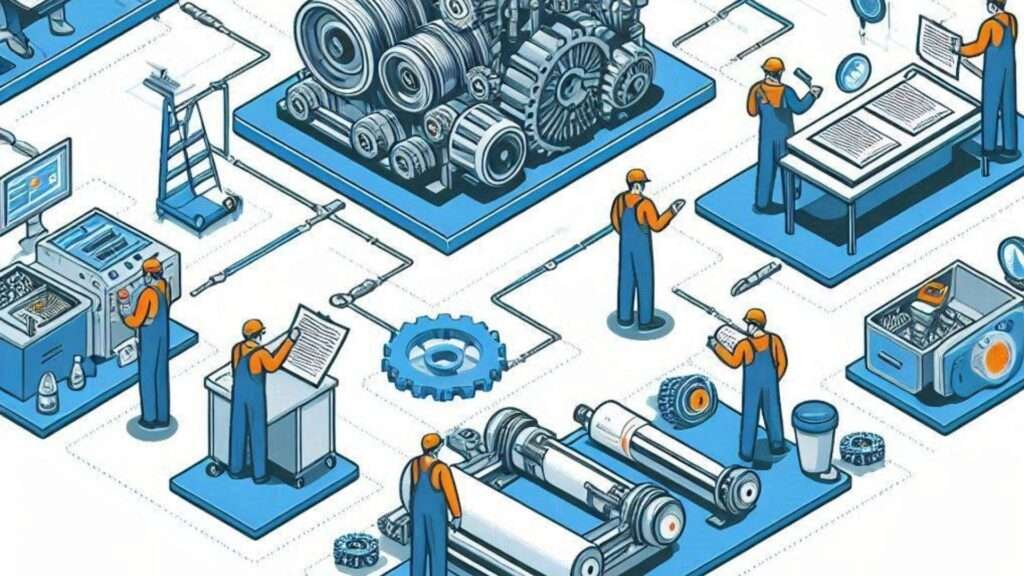
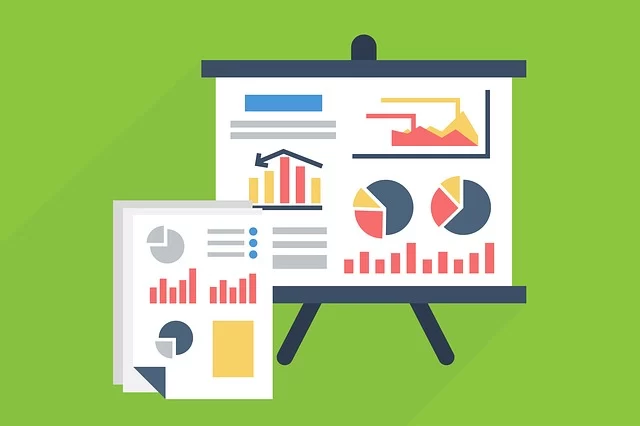

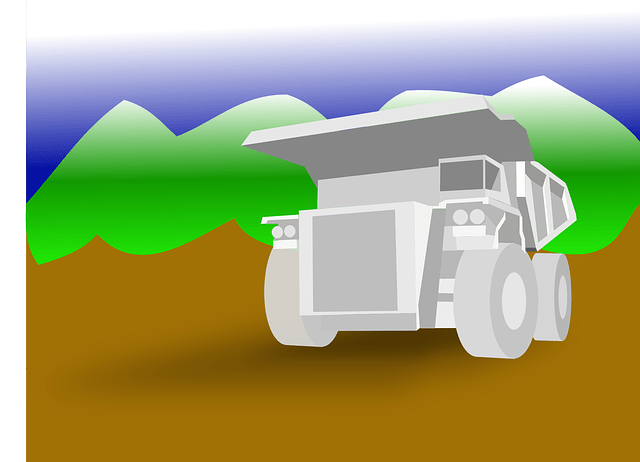
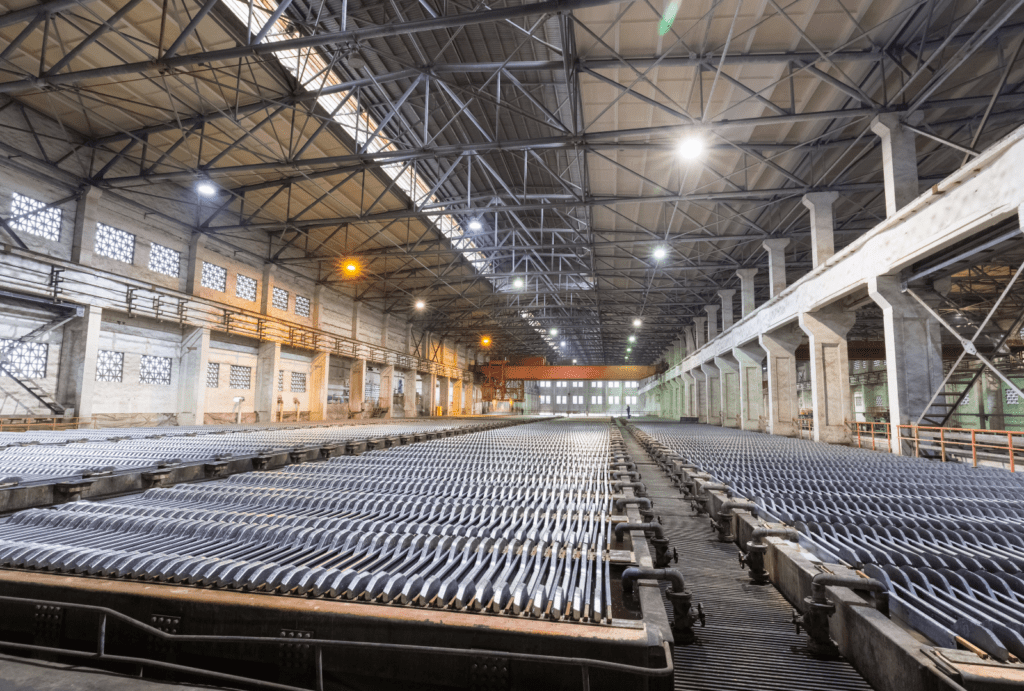
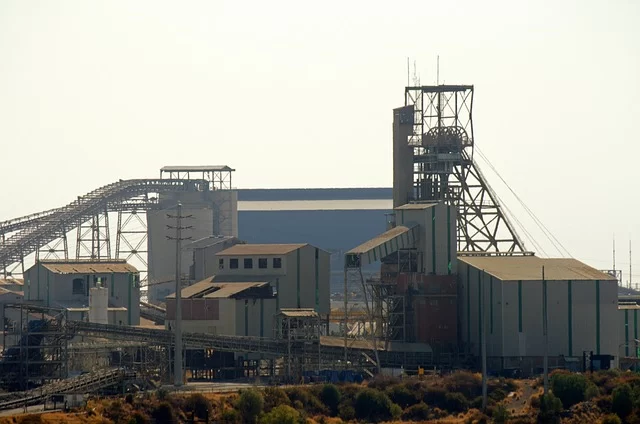
[…] Early detection & Correction of asset defects. Asset defect detection. Broken Windows Theory – Maintenance Systems Effectiveness. Broken window theory. Analyse maint2. Analyse maintenance performance. Execute & Complete Maintenance Work – CMMS SUCCESS. Execute and Complete Maintenance Work. Get the most out of your Assets – CMMS SUCCESS. Get the most out of our assets. Your boss needs solutions not problems – CMMS SUCCESS. Dealing with complaints at work. Asset Management Training for Mainteannce Planners. Asset Management Training for Planners – CMMS SUCCESS. […]
[…] website article, “Early Detection of Asset Defects,” provides valuable insights and guidance for maintenance and engineering staff on what is […]